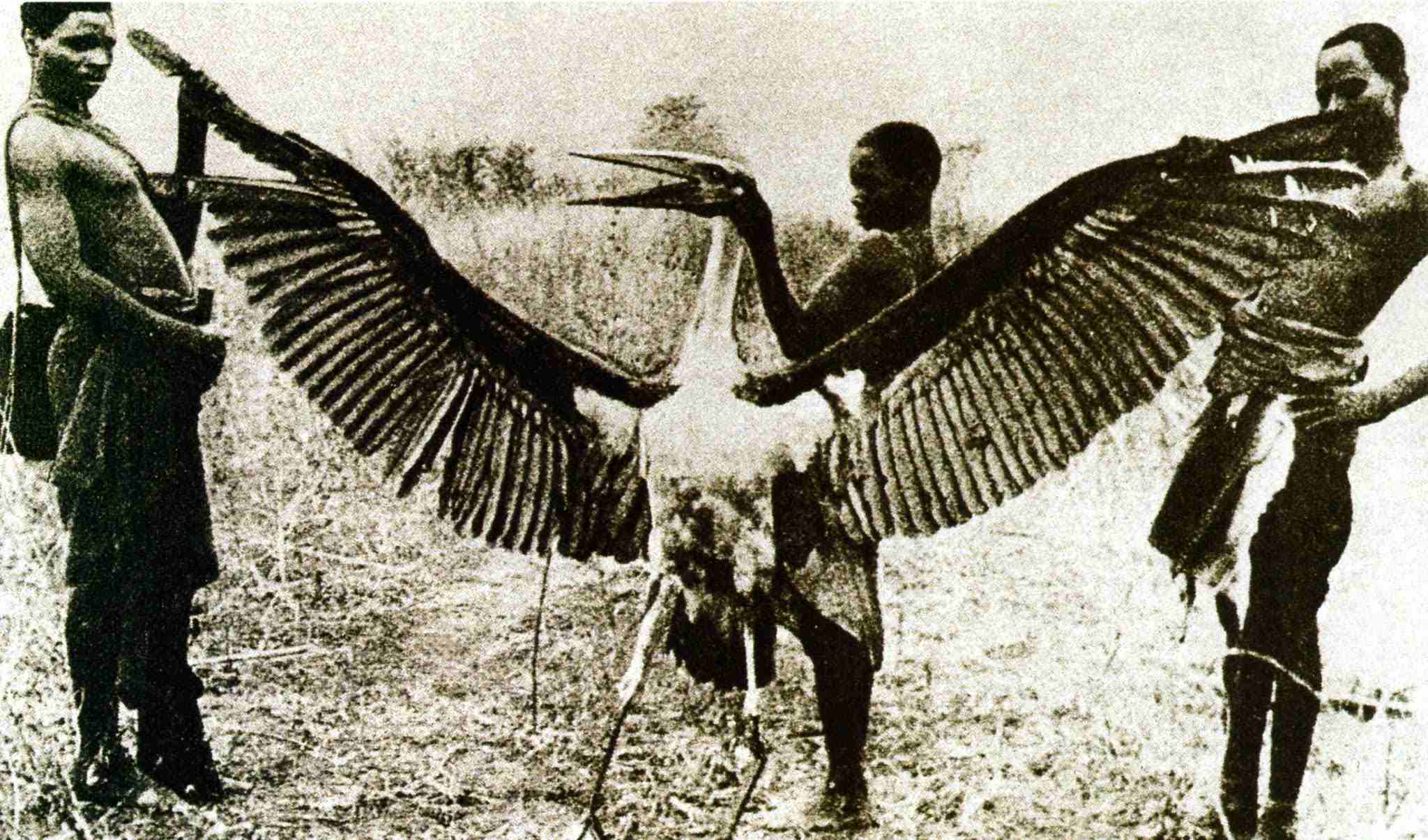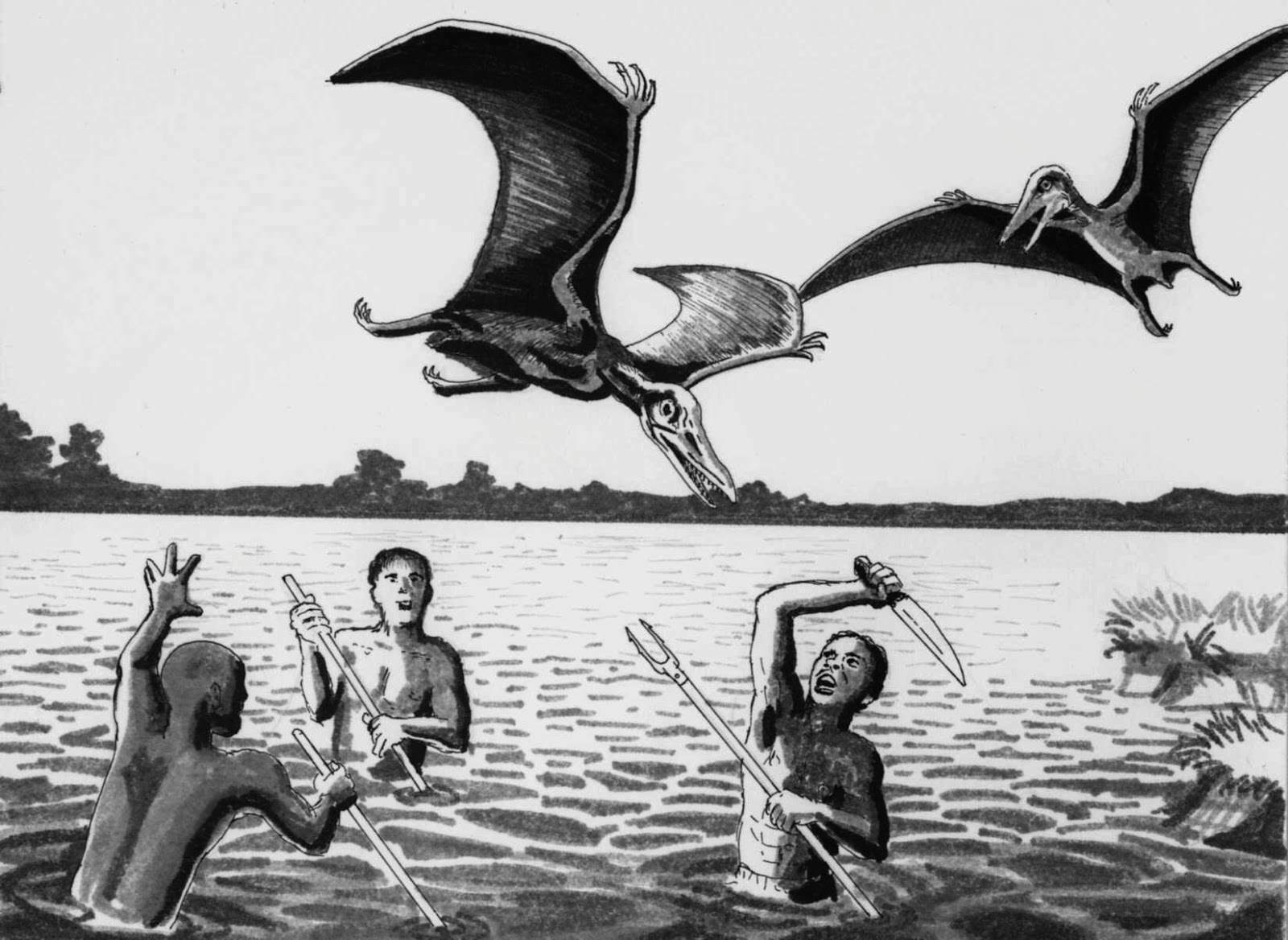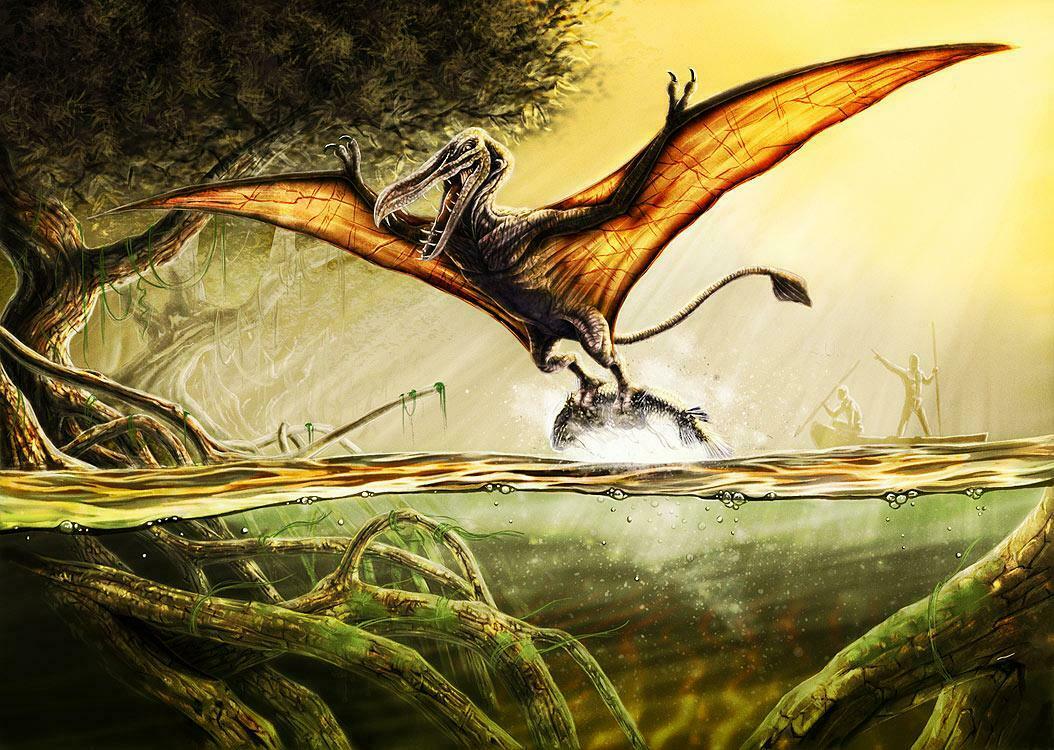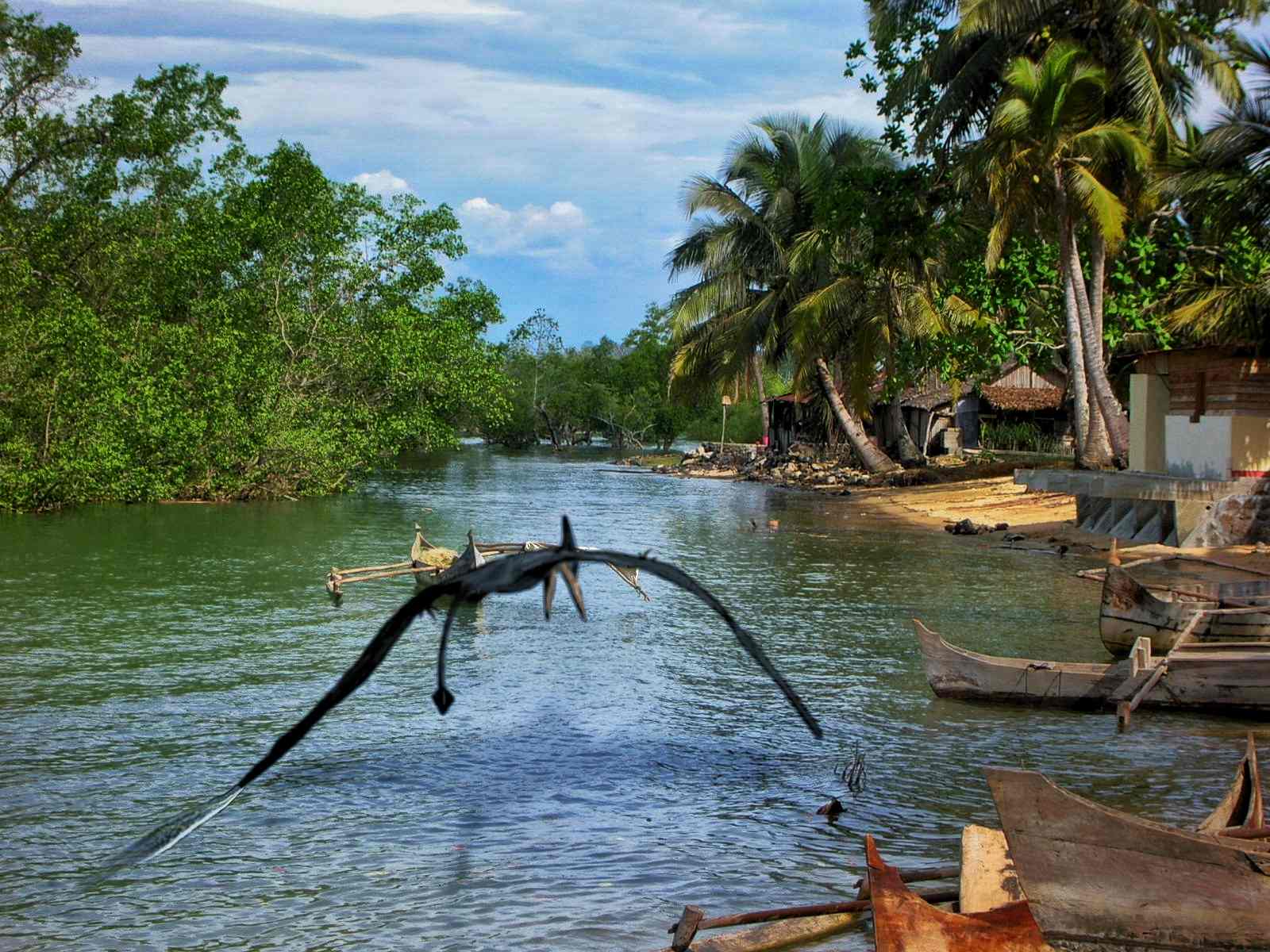Those iconic winged reptiles of prehistory known as the pterosaurs died out alongside the last dinosaurs over 60 million years ago, didn’t they? Most mainstream zoologists would say that they did.

Then again, most mainstream zoologists have probably never heard of the kongamato or a veritable phalanx of other winged mystery beasts reported from around the world that bear a disconcerting resemblance to those supposedly long-vanished rulers of the ancient skies.
Could these cryptozoological creatures possibly be surviving pterosaurs? Exciting reports from adventurers from all over the world describe a pterosaur that is said to live in the swamps of western Zaire. Is it all just a legend or does it actually exist – the last living pterosaur in the world?
The Kaonde tribe and kongamato
The Kaonde tribe are a Bantu-speaking people who occupy the northwestern regions of present-day Zambia. A number of these tribesmen can also be located in the Democratic Republic of Congo. They trace their descent along the mother’s family tree and are exceptional farmers who grow corn, millet, cassava and sorghum to mention but a few.
The Kaonde tribesmen carry a charm with them as they go about their normal duties. This charm is named; ‘muchi wa kongamato’. As opposed to a charm to be used in wooing women, this charm is carried by the Kaonde tribesmen to help them ward off a rare bat-like flying creature the locals call “kongamato”.

Kongamato means “overpowering the boats”. In the Jiundu swamps of what is now the Democratic Republic of the Congo, he is said to hunt fishermen and capsize their boats or canoes. But that’s not all: anyone who looks at the Kongamato is killed. Wingspans of 1.20 to 2.10 meters are reported. It has no feathers, but red or black colored skin. Its long beak is studded with sharp teeth.
Demon of the swamps – confusingly similar

In 1923, the British adventurer Frank H. Melland traveled to the Congo and heard about the story of a “demon of the swamps”. The description reminded him of one of the prehistoric pterosaurs – and he drew one. The Kaonde tribe identified the pterosaur with the Kongamato without hesitation.
A report by press correspondent J. Ward Price from England describes the encounter with a badly injured local man in 1925. He had penetrated far into the notorious Jiundu swamps and was attacked there by a giant bird. The travelers, including the later King Edward VIII, were more than amazed, because the injured described a beak full of teeth! These had caused the gaping flesh wound on his back. He was shown pictures of prehistoric pterosaurs, whereupon he fled.
A few years later, in 1932, the naturalist Gerald Russel and the anomalist and cryptozoologist Ivan T. Sanderson sighted a Kongamato. After this sighting in Cameroon, an engineer and the Gregor couple also reported an encounter with the mysterious creature.
When a man with severe chest injuries was hospitalized in 1957, the Kongamato is said to have been responsible. The injured reported an attack by a large bird. The incredulous doctors ask him to draw the bird – and he sketches a “pterosaur” which went extinct along with the dinosaurs about 66 million years ago. However, a photo of a Kongamato that appeared a year later turned out to be a fake.
Is it all just a mix-up?
Did the locals mistake the Kongamato for one of the stork species that live there? Some scientists advocate the shoebill stork, which also lives in the swamps of Zaire. However, there are no reports that the shoebill storks attacked boats and capsized them.
Another attempt to explain it is about a not yet classified but very large bat – a super bat, so to speak. Some cryptozoologists do not rule out that a pterosaur might actually have survived in the little-explored swamp regions of Africa . The pterosaurs are said to have died out about 66 million years ago.
Pterosaurs – almost like an albatross?

The pterosaurs were likely to be gliding, as was the albatross. Albatrosses can reach spans of more than 3.50 meters. The rather heavy birds have a powerful and pointed beak. However, its weight and the large wings cause considerable starting difficulties. Gliding over the sea is also difficult – something the comic book adaptation “Bernard and Bianca” (1977) made fun of.
That is why the albatrosses like to fly after boats to use their buoyancy and stay in the air without exerting any force. Apart from that, sooner or later litter falls overboard, which the albatrosses immediately secure. The Kongamato’s goals, flight maneuvers, and habits are similar to those of albatrosses, although neither look alike at all. The albatrosses are also often hunted by the seafarers – to supplement the on-board catering.
That the locals could mistake the mysterious “big bird” for a local bird species does not sound very plausible. The behavior of the Congomato, which flies behind boats and inflicts injuries when obviously gliding, fits perfectly with a pterosaur – as well as its interesting appearance.




